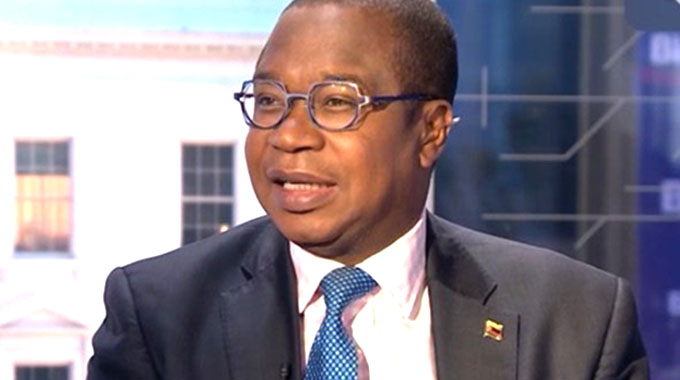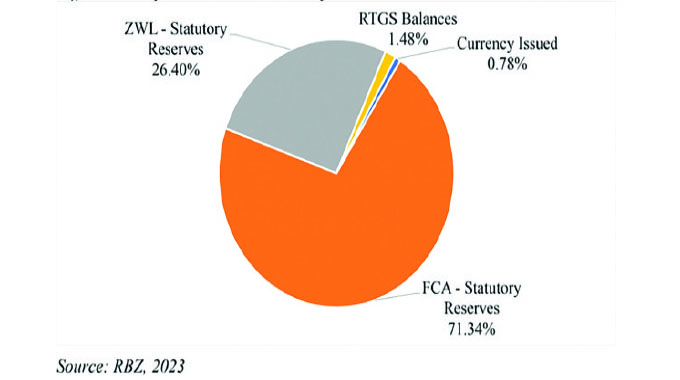Slump in commodity prices to choke forex inflows

Golden Sibanda Senior Business Reporter
ZIMBABWE’S foreign currency inflows face a major and serious threat from weaker agricultural commodity prices, especially for tobacco exports, due to the negative impact of the Covid-19 global pandemic.
A dip in foreign currency earnings has serious negative consequences for Zimbabwe, which receives more than 60 percent of its foreign exchange from tobacco and minerals; chiefly gold and platinum group metals.
The international price of tobacco is projected to decline from over US$4 900 per tonne in 2019, to about US$4 862/tonne in 2020 and further down to US$4 825 in 2021.
According to the African Development Authority Bank (AfDB)’s Southern African Economic Outlook Report (Coping with the Covid-19 pandemic), Zimbabwe and Malawi will be negatively affected by lower commodity prices, especially one of their key exports, tobacco.
Tobacco is Zimbabwe’s second largest foreign currency earner after gold and earns the southern African country about US$800 million annually from exports of the crop, which sustains over 100 000 families.
Zimbabwe has earned US$326 million from the sale of 135.42 million kilograms of tobacco leaf since the selling season began in April. In 2019, the country sold 259 million kilograms of tobacco leaf worth more than US$500 million, up from 253 million kilograms in 2018.
“Heavily indebted countries in the region, particularly those dependent on commodity exports, face threats due to Covid-19’s impact on agricultural commodity prices.
Besides the loss of life, the coronavirus pandemic, which has infected millions, has destabilised global economies through disruptions in trade, tourism, production, productivity, global supply chains and various other integration channels.
As a result, global economic growth is expected to contract by at the very least 4,9 percent in 2020, from 3 percent earlier projected in April 2020 (IMF June Update Global Outlook), while most affected advanced economies are seen recording severe contraction of as much as 8 percent.
Sub-Saharan Africa’s economy is expected to contract on by an average of 3,2 percent due to the impact of Covid-19 restrictions, subject to ongoing reviews as informed by new developments. AfDB forecasts Zimbabwe to decline by 8,5 percent.
Finance and Economic Development Minister Mthuli Ncube though has instead projected a more conservative negative growth of 4.5 percent from the 3 percent growth predicted earlier.
“The decline in commodity prices, however, is likely to negatively affect countries such as Zimbabwe and Malawi where tobacco is a major component of the agricultural sector,” AfDB said in a report this month.
Meanwhile, the regional banking institution said resolution of the trade tensions between the United States and China offered opportunities for international trade and better commodity prices.
In the energy sector, coal and crude oil prices are also expected to be highly depressed during 2020 and 2021 due to slump in demand as a result of the negative impact of Covid-19.
The prices for most metals are expected to be volatile this year, especially lead, nickel, tin and zinc.
“The biggest risk for the metals and minerals is associated with slowdown in global growth, particularly in China. This will likely have an impact on global growth, financial position and income distribution in 2020 and 2021 for most of southern African countries that rely on export of primary mineral commodities,” AfDB said.








Comments